Preceded by Manuel A. Odria Name Manuel Ugarteche Succeeded by Ricardo Perez Godoy Role Political figure | Preceded by Oscar R. Benavides Parents Mariano Ignacio Prado Profession Banker | |
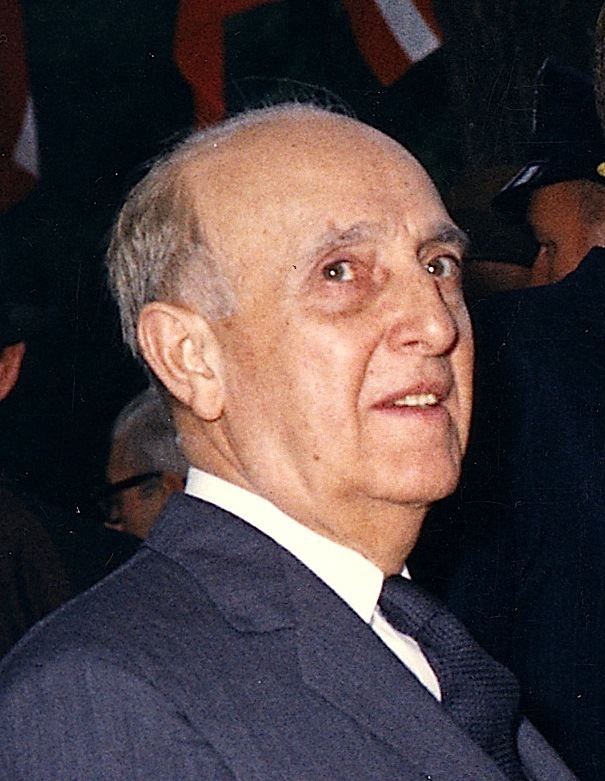 | ||
Succeeded by Jose Bustamante y Rivero Born April 21, 1889Lima, Peru ( 1889-04-21 ) Political party Pradist Democratic Movement Party Pradist Democratic Movement Presidential term July 28, 1956 – July 18, 1962 Spouse Clorinda Malaga de Prado (m. 1958), Enriqueta Garland Higginson (m. 1914) Similar People Mariano Ignacio Prado, Manuel A Odria, Jose Bustamante y Rivero, Oscar R Benavides, Ricardo Perez Godoy | ||
Manuel prado ugarteche
Manuel Carlos Prado y Ugarteche (April 21, 1889 – August 15, 1967) was a banker who served twice as President of Peru. Son of former president Mariano Ignacio Prado, he was born in Lima and served as the nation's 50th (1939 - 1945) and 54th (1956 - 1962) President. His brother, Leoncio Prado Gutiérrez, was a military hero who died in 1883, six years before Manuel Prado was born.
Contents
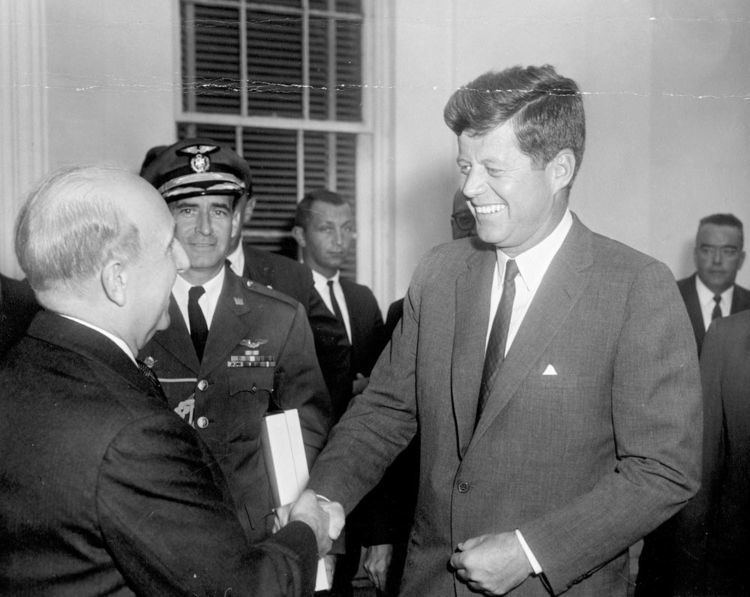
As a young army officer, Prado was a key player in the coup that overthrew Peruvian President Guillermo Billinghurst in 1914. He became President of the Central Reserve Bank in 1934.
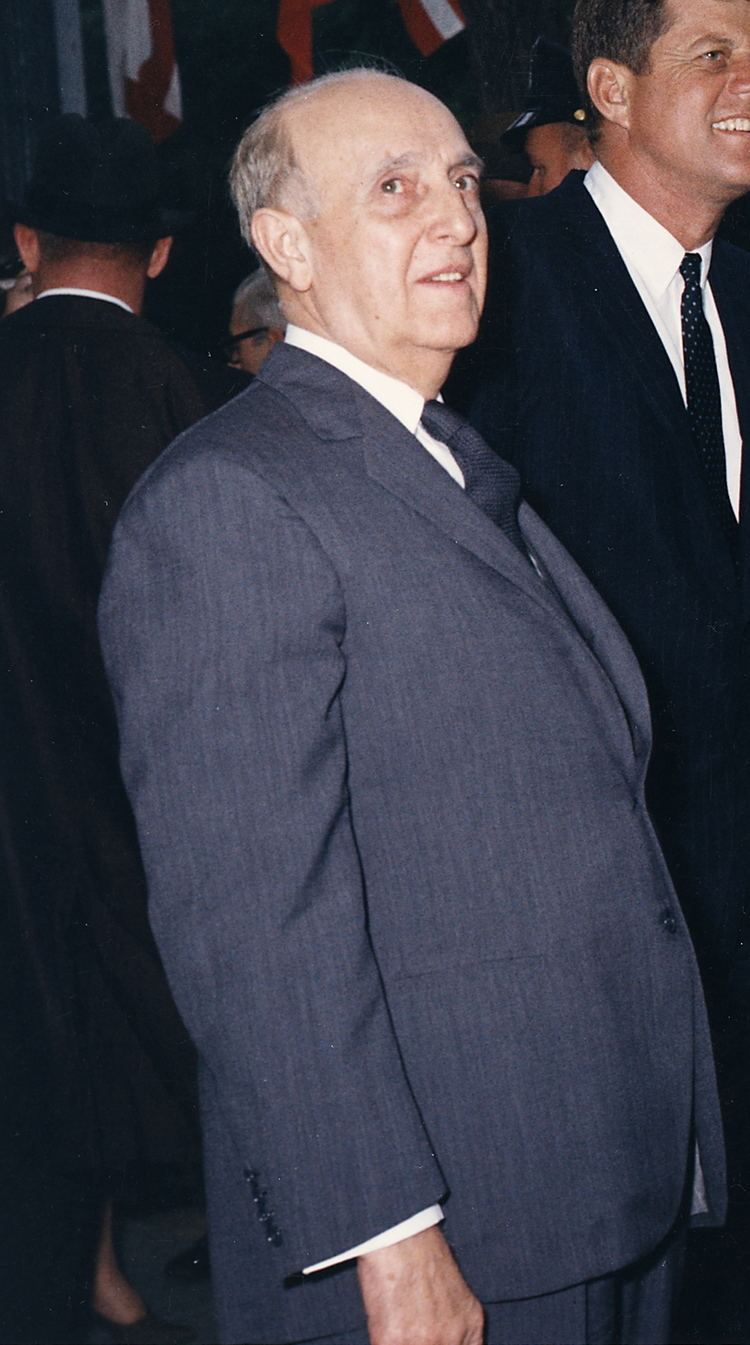
Manuel Prado, a conservative patriarch of a wealthy and powerful family, reached the Presidency of Peru with the help of the left-wing Alianza Popular Revolucionaria Americana party. Prado announced that "one of the first acts of my government will be to declare a general political amnesty and put an end to the proscription of political parties."
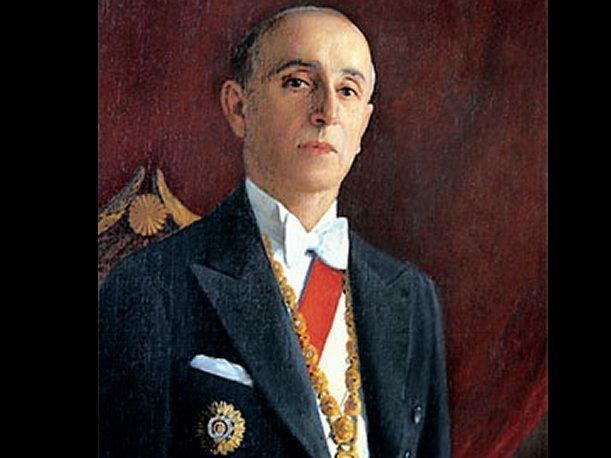
During Prado's second presidency (1956–1962), the only significant proscribed party was the APRA (American Popular Revolutionary Alliance), which was thrown out of power and outlawed in 1948 by President Manuel Odría. Prado announced that he would submit to the newly elected Congress a bill to legalize APRA once again. The bill was later passed and the APRA's famed founder, Víctor Raúl Haya de la Torre, returned from foreign exile.
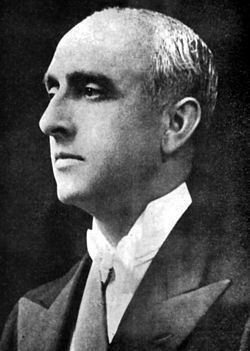
In foreign policy, Prado – whose greatest pride was that as President in 1942 he made Peru the first of the South American nations to break off relations with the Axis Powers– was expected to side firmly with the U.S.
